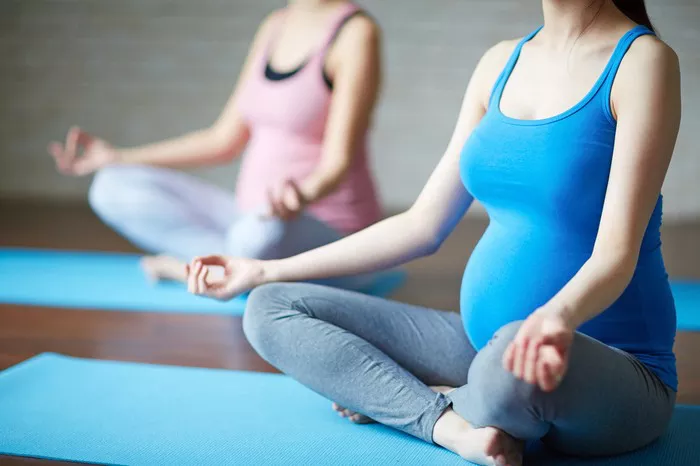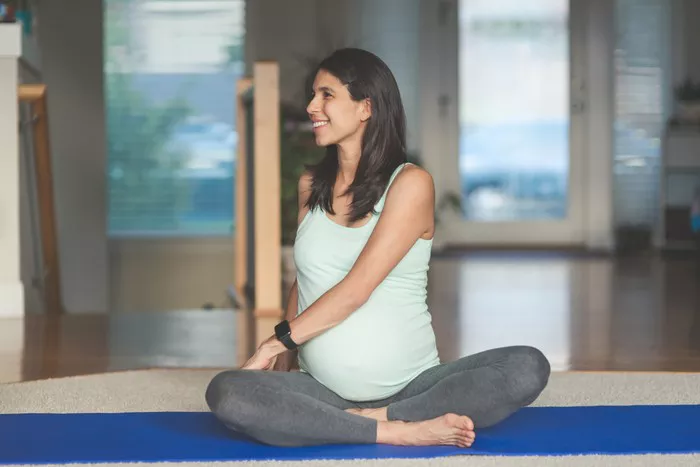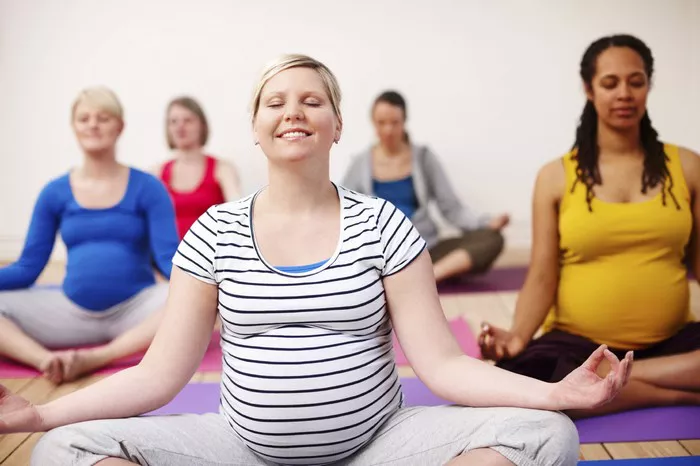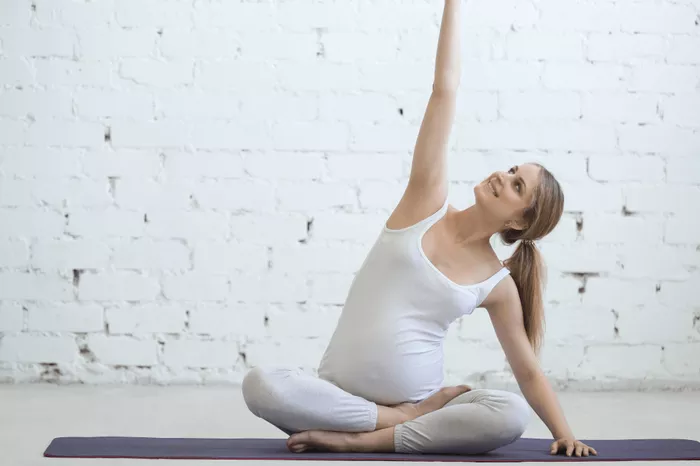Iyengar Yoga is a form of Hatha Yoga developed by B.K.S. Iyengar. Known for its precision, alignment, and use of props, this yoga style emphasizes holding poses longer and performing them with meticulous attention to detail. The method aims to develop strength, flexibility, stability, and awareness. Unlike more dynamic yoga forms, Iyengar Yoga is systematic and therapeutic, often appealing to practitioners who appreciate structure, discipline, and anatomical clarity.
This method is widely respected for its effectiveness in addressing physical limitations and supporting body alignment. As such, it’s frequently used in rehabilitation and by those recovering from injury. One of the most distinctive features of Iyengar Yoga is its use of props, which are integral to the practice and set it apart from many other yoga styles. These props allow practitioners of all levels and abilities to access the benefits of yoga with greater safety and confidence.
What Are Yoga Props?
Yoga props are supportive tools used to facilitate the practice of yoga postures, breathing exercises, and meditation. These tools can include a wide range of items, each designed to assist in achieving correct alignment, deepening a posture, or maintaining a pose longer without strain. In Iyengar Yoga, props are not optional accessories but rather essential instruments that serve a specific purpose in the practice.
Commonly Used Props in Iyengar Yoga
- Yoga Blocks – Used for support, balance, and to bring the floor closer to the practitioner.
- Yoga Straps – Help extend reach and maintain alignment, particularly in seated and standing poses.
- Blankets – Provide cushioning and support, useful in restorative poses and for seated postures.
- Bolsters – Offer full-body support in restorative and reclining poses.
- Chairs – Enable deeper exploration of poses, especially for those with limited flexibility or balance.
- Wall Ropes – Allow practitioners to perform inversions and traction-based postures safely.
These props contribute to a more personalized and adaptive yoga experience, especially for beginners, older adults, and those with injuries or physical limitations.
Why Props Are Central to Iyengar Yoga
Props in Iyengar Yoga are not mere conveniences; they are critical for achieving the practice’s objectives. B.K.S. Iyengar introduced them to make yoga accessible to everyone, regardless of their physical condition, age, or level of experience. This inclusive approach revolutionized modern yoga and demonstrated how intelligently designed aids could enhance both safety and performance.
Key Reasons for Prop Usage
- Alignment and Precision: Props help practitioners attain and maintain correct posture, which is central to Iyengar Yoga.
- Accessibility: They make challenging poses more approachable, allowing individuals with different body types and conditions to participate fully.
- Extended Duration: Holding poses longer is safer and more beneficial when the body is adequately supported.
- Therapeutic Benefits: Props play a pivotal role in yoga therapy, aiding in the healing of musculoskeletal issues and chronic conditions.
- Enhanced Focus: With the body well-supported, the mind can focus more deeply on breath and awareness.
How Props Enhance Specific Poses
Each yoga pose or asana can be modified with props to serve a particular purpose. In Iyengar Yoga, there is a detailed methodology behind prop use for each posture. Whether it is to ease into the posture, to hold it longer, or to deepen its effect, props are strategically implemented.
Standing Poses
In standing postures like Trikonasana (Triangle Pose), blocks can be placed under the lower hand to maintain balance and alignment, especially for beginners or those with tight hamstrings. The block allows the chest to remain open and the spine aligned without compromising posture.
Seated Poses
For seated forward bends such as Paschimottanasana (Seated Forward Bend), a strap around the feet helps maintain the spine’s length while gently encouraging a deeper stretch. Blankets may be placed under the hips to elevate the pelvis, improving spinal alignment.
Inversions
In shoulder stand (Sarvangasana), blankets support the shoulders and neck, reducing the risk of strain. The setup also helps in achieving the vertical lift required for proper execution. Similarly, ropes on the wall can assist in performing inversions like Sirsasana (Headstand) with better control and reduced risk.
Restorative Poses
In Supta Baddha Konasana (Reclining Bound Angle Pose), bolsters support the spine and blankets support the knees, allowing the body to relax completely. Such setups enable prolonged relaxation and stress relief.
Benefits of Using Props in Iyengar Yoga
The benefits of incorporating props into an Iyengar Yoga practice are numerous and wide-ranging. They not only enhance the physical experience of yoga but also deepen mental and emotional engagement.
Physical Benefits
- Improved Alignment: Precise positioning reduces the risk of injury and builds good habits.
- Increased Flexibility: Props allow gentle progression into deeper stretches.
- Strength Building: Proper support permits sustained holds, strengthening muscles safely.
- Injury Prevention: Props help in maintaining safe postural boundaries.
- Rehabilitation Support: Those recovering from surgery or injury can practice safely.
Mental and Emotional Benefits
- Reduced Anxiety: Supported postures foster a sense of safety and calm.
- Enhanced Focus: With physical stability, mental attention improves.
- Boosted Confidence: Success in poses once thought inaccessible builds self-esteem.
- Mindfulness: Props encourage a thoughtful, deliberate approach to practice.
Debunking Myths About Prop Usage
Some practitioners hesitate to use props, thinking they signify weakness or inexperience. In Iyengar Yoga, this perception is not only misguided but also contrary to the foundational philosophy. B.K.S. Iyengar believed that props empower rather than hinder. Advanced practitioners often use props to refine their understanding and achieve more nuanced levels of awareness.
Common Misconceptions
“Props are only for beginners.”
In reality, props are used at all levels to explore deeper aspects of the practice.
“Using props means you can’t do the pose correctly.”
On the contrary, props often facilitate better form and prevent incorrect alignment.
“Props disrupt the flow of practice.”
Iyengar Yoga is not about quick transitions but about depth, and props support this goal.
Prop Usage in Therapeutic Settings
Iyengar Yoga is renowned for its therapeutic applications, and props are instrumental in this context. Certified Iyengar Yoga therapists work with clients to tailor prop-supported sequences that address specific health concerns. Conditions such as scoliosis, arthritis, high blood pressure, and even emotional trauma have been alleviated through this method.
For example, gentle inversions using props can improve circulation and reduce anxiety, while supported backbends can open the chest and aid in respiratory function. These benefits are achieved without taxing the body, thanks to strategic use of props.
How to Begin Practicing With Props
Starting Iyengar Yoga with props requires some basic understanding and the right equipment. Many yoga studios specializing in Iyengar Yoga provide all necessary props, but home practitioners can gradually build their own collection.
Getting Started
- Find a Certified Iyengar Teacher – A knowledgeable instructor ensures safe and effective use of props.
- Start With the Basics – Begin with blocks, a strap, and a couple of blankets.
- Understand the Purpose – Learn how each prop modifies or supports a pose.
- Go Slow – Iyengar Yoga emphasizes quality over quantity. Take time to understand each setup.
- Be Consistent – Like any discipline, regular practice yields the best results.
Conclusion
Props are fundamental to the Iyengar Yoga experience. Far from being crutches, they are intelligent tools that support a safer, more inclusive, and more profound yoga practice. Their use allows for adaptation and exploration, making yoga accessible to a broader range of people.
Understanding and embracing the use of props can transform one’s practice, offering physical support, mental clarity, and emotional balance. Whether you’re a beginner seeking alignment or an advanced yogi refining your awareness, Iyengar Yoga’s approach to props provides a thoughtful and empowering path to personal growth.
By viewing props not as signs of limitation but as gateways to deeper understanding, practitioners of Iyengar Yoga embody the core principles of the discipline: precision, mindfulness, and transformation.
Related Topics:



















